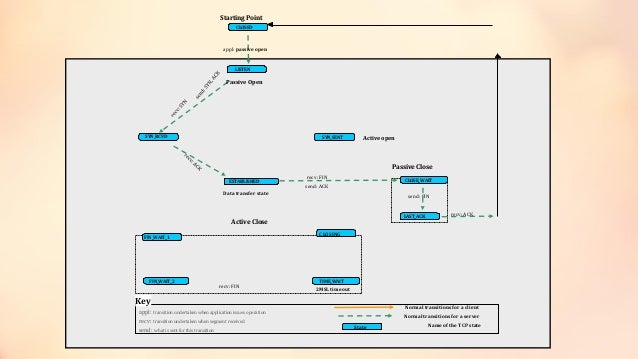


D TCPIP,TCPIP,N,VIPADYN,VIPAROUTE Displays the current VIPAROUTE information only.D TCPIP,TCPIP,N,VIPADYN,DVIPA Displays the current dynamic VIPA information only.

D TCPIP,TCPIP,N,VIPADYN Displays the current dynamic VIPA and VIPAROUTE information.D TCPIP,TCPIP,NETSTAT,VIPACFGDisplays the current dynamic VIPA configuration information.v tcpip,tcpip,obeyfile,(TCIP) Issue the commands.v tcpip,tcpip,syntaxcheck,(TCIP) Check the syntax of commands.d tcpip,tcpip2,netstat,devlinks issuenetstat devlinks to TCPIP job 2.d tcpip,netstat,home issue netstat home command to default (only) TCPIP stack.d tcpip,help show all the console commands available for default TCPIP.d tcpip,tcpip,help show all the console commands available for job TCPIP.d tcpip,tcpip,netstat,homeissue netstat home command to TCPIP job TCPIP.(Get-Date).ToString() + ' ' + $Connection. $balmsg.BalloonTipTitle = "New RDP connection from ($Connection.RemoteAddress)" $balmsg.BalloonTipText = "New RDP connection to your computer from $($Connection.RemoteAddress)" $balmsg.Icon = ::ExtractAssociatedIcon($path)

If (($Connection.RemoteAddress -eq $SourceIP) -and ($Connection.LocalPort -eq $TargetPort))Īdd-Type -AssemblyName $EstablishedConnections = Get-NetTCPConnection -State Established If the connection appears, the script will display a pop-up notification and logs the date and time of the connection to a text file: In the following example, a PowerShell script checks if a connection from the specified IP address appears on the default RDP port 3389. For example, you can create a simple PowerShell script to track if the connection is established from the specific IP address to the specified local port and display a pop-up notification to the administrator. You can use the Get-NetTCPConnection cmdlet in various scenarious. If ($Connection.ProcessName -like $TrackProcessName) Path}}, OffloadState,CreationTimeįoreach ($Connection in $EstablishedConnections) $EstablishedConnections = Get-NetTCPConnection -State Established |Select-Object -Property LocalAddress, $_.RemoteAddress).NameHost}},RemoteAddress, RemotePort, -Id $_.OwningProcess). To do it, you can use the following PowerShell script: You can view only network connections initiated by the specific process. Get-WmiObject Win32_Service | Where-Object -Property ProcessId -In (Get-NetTCPConnection).OwningProcess | Where-Object -Property State -eq Running | Format-Table ProcessId, Name, Caption, StartMode, State, Status, PathName By the name of a parent process PID, you can display the list of related Windows services that are using the network:


 0 kommentar(er)
0 kommentar(er)
